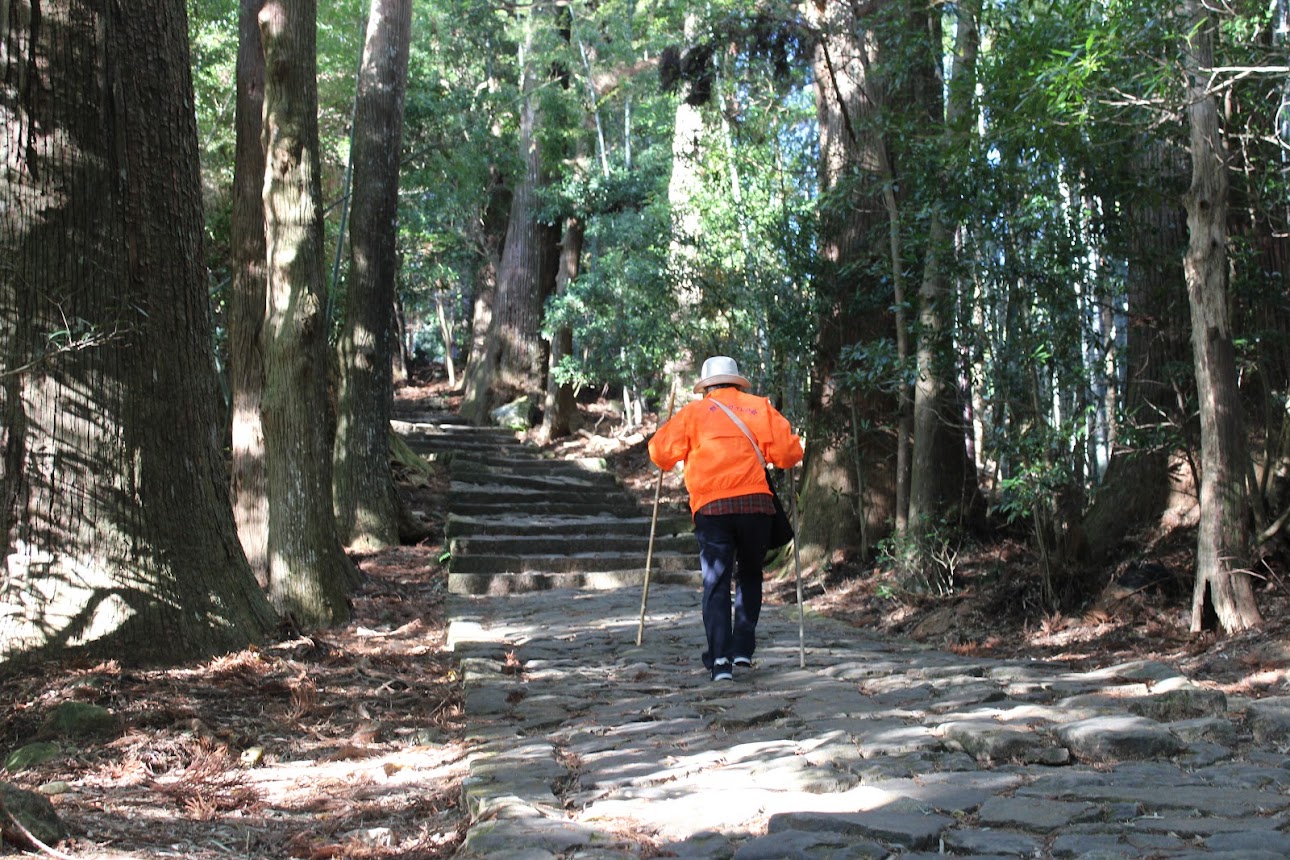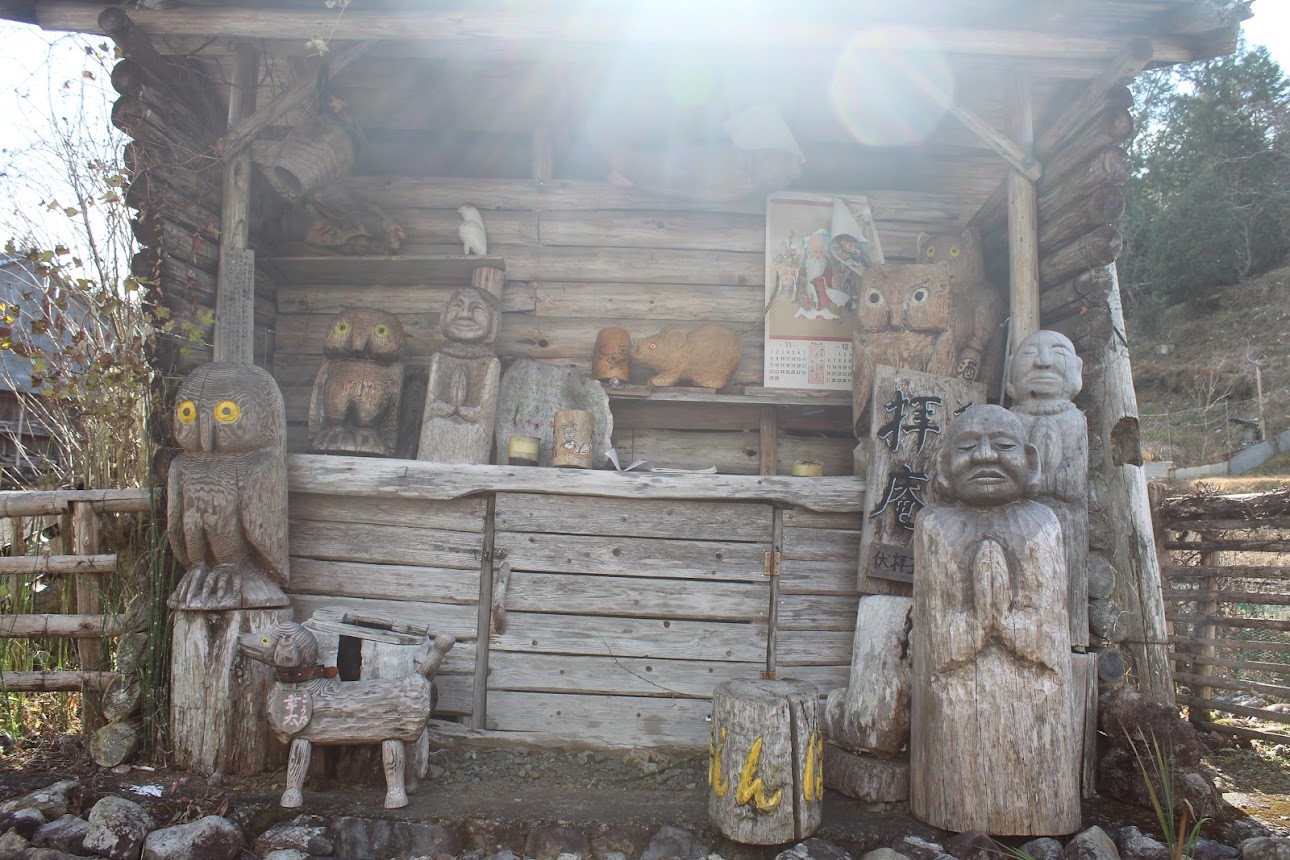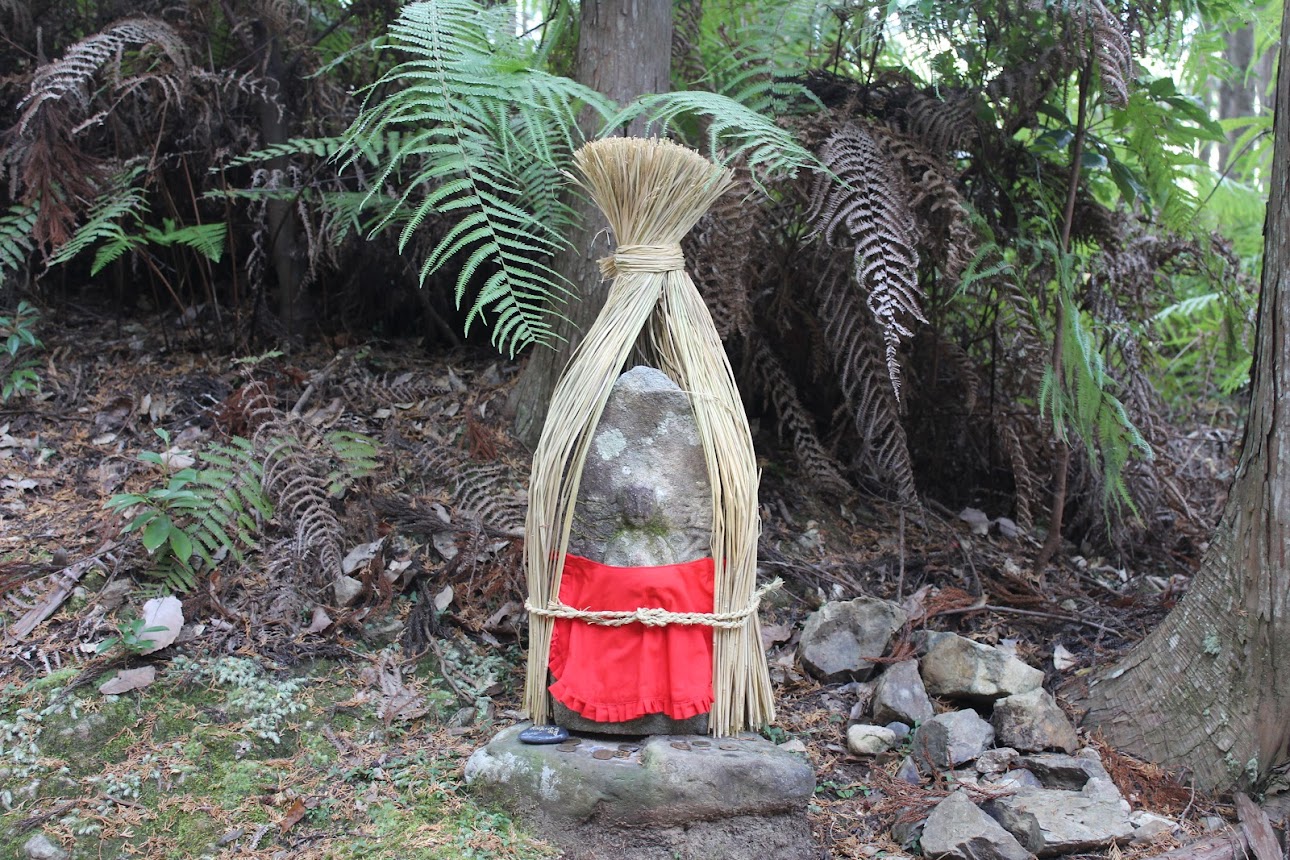When soon-to-be Emperor Jimmu was defeated in the battle for Yamato in 660 BC, he was convinced it was a matter of strategy. Fighting eastward into the sun was, on reflection, an ill-devised plan for a descendent of the sun goddess, Amaterasu. So, he changed course: he’d attack from the east, imbued with the power of the rising sun at his back.
Not a conqueror for wasting time, he soon set sail around the coast of the Kii Peninsula to launch his second assault. This was an area with rugged and undulating terrain, beset with mountains and cedar-choked forests that caused even the most expert orienteers to lose their way. For weeks, he marched his starving, exhausted army in circuitous circles, like a cavalcade of the undead wandering the realms of purgatory.
One night, Jimmu was alone by the campfire, stroking his chest-length beard with calloused fingers; a man deep in thought, contemplating his intransigence and the folly of his ways. The piercing caw of a crow then dragged him from his ruminations. It sat perched on the root of an ancient cedar, all three of its legs grasping the gnarled wood. The fire of the sun blazed in its eyes. And suddenly Jimmu knew what he had to do.
He roused his men and they began to walk, guided by Yatagarasu, the three-legged crow. Over brooks and mountain passes, through valleys and meadows, and finally to the borders of Yamato. The sun then rose, painting the sky blood-red, a shepherd heralding its warning. It renewed their strength, stoking the embers within. They assembled into formation, the final charge of the army of Jimmu, en route to founding the Empire of Japan.

An Internal Paradise
I may have employed some artistic licensing here, but this story best frames the historical intrigue surrounding what has become known as the Kumano Kodo, Japan’s most sacred pilgrimage. Peppered with ancient monuments, the Kumano Kodo, where Emperor Jimmu met his divine guide 2,700 years ago, spans hundreds of winding miles through primeval forest and along the cobblestone trails of the Kii Mountain range, which stretches across Wakayama, Nara and Mie prefectures. Connecting the three grand Kumano Sanzan shrines, the Kodo is the only walking trail, besides the Camino de Santiago in Spain, to be designated a UNESCO World Heritage Cultural Landscape.
Much like Aesop’s fables and Homer’s epic poems, the Kumano region’s mythic origins were preserved through an oral storytelling tradition. After Japan adopted its written script, by way of Chinese Buddhists in the fifth and sixth centuries, scribes recounted the tale of Emperor Jimmu in the Kojiki (712) and the Nihon Shoki (720), Japan’s founding historical texts. This caught the interest of the Heian court rulers in Kyoto, encouraging them to embark upon pilgrimages to the Kumano Kodo.
There was method to their madness: the mountains were the abode of the Shinto kami, or divine spirits, which were in turn manifestations of the Buddhist gods. These gods embodied a cosmic paradise, and by ascending the mountains comprising the Kumano Kodo, it was believed one could achieve an internal paradise through the purification of body and soul. With all the secrecy and sexual permissiveness prevalent in the Heian courts, it’s little wonder ascetic cleansing was chief among their goals.
One need not hold any religious affiliation to find spirituality on the Kumano Kodo today. When I walked the Kodo in 2020 — or a section of it, at least – it wasn’t the grand shrines or the world’s largest torii gate, a 33-meter-tall stone behemoth, that struck me most. They were prepossessing, no doubt, but religious monuments in Japan tend to follow fairly rigid blueprints, with few features to distinguish one from the next. Perhaps this makes me a philistine, but it’s true. Show me a handful of Shinto shrines and my guesses will amount to a series of shots in the dark.
There is, however, another kind of environmental storytelling at play. The narrators may be silent: roadside cairns and jizo statues, stones inscribed with arcane epitaphs and votive offerings to those who walked the Kodo never to return. This story is a small slice of human history, binding disparate lives through the shared endeavor of marching along, and sometimes succumbing to, these ancient trails. The connections may be loose, like in a David Mitchell novel. But what is an ocean, if not a multitude of drops?
Beyond the Boundaries of Any Religious Doctrine
Once you step foot on the Kodo, you become a pilgrim whether you like it or not. A wanderer through the archives of history as much as through physical space; a participant in the act of revering that which has come before you. To be alone in this dense mass of forest, where Jimmu’s army supposedly lost their way and Heian servants lugged their lord’s palanquins up an endless series of cobblestone steps. Where monks trudged through snow in flimsy zori sandals and men and women died in pursuit of something greater than themselves. This invites introspection in a way that exists beyond the boundaries of any religious doctrine.
It’s apposite, given the prevailing mindset of modern Japan, which although steeped in spirituality, consistently ranks as one of the world’s least religious countries. Belief systems are often syncretic, malleable and open to interpretation. As the old maxim goes: “Born Shinto, live nonreligious, wed Christian and die Buddhist.”
The Kumano Kodo is, in a sense, a great equalizer. It doesn’t care whether you’re a devout Buddhist, a believer in the presence of ancestral kami, a Christian seeking to reaffirm your own faith or an atheist who sneers at the mere mention of religion. All you need to do is walk. Your senses dialed into the environment. Your mind disconnected from all that occurs beyond it. It’s a journey with no real endpoint, defined only by the spirit within.
More Japan Travelogues
Get inspired for your next escape:











